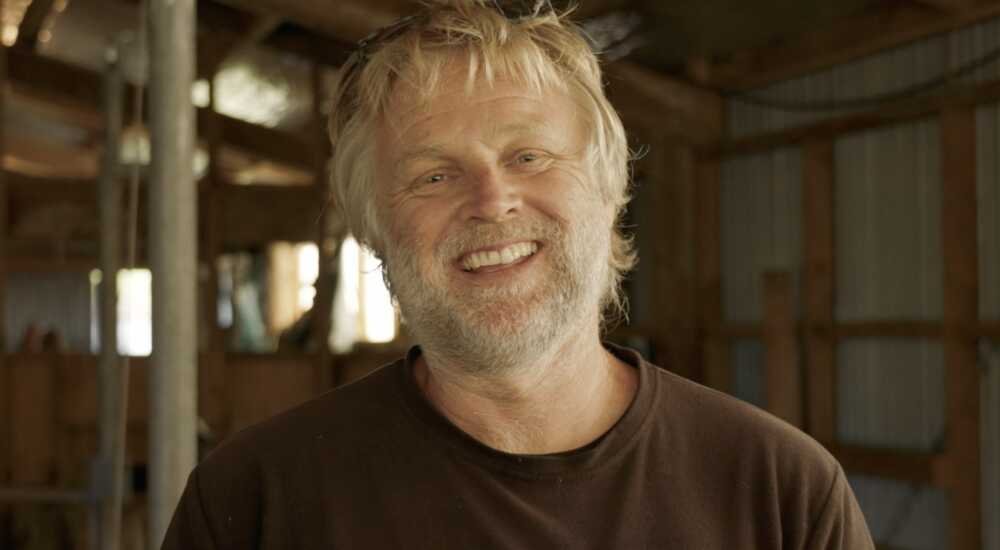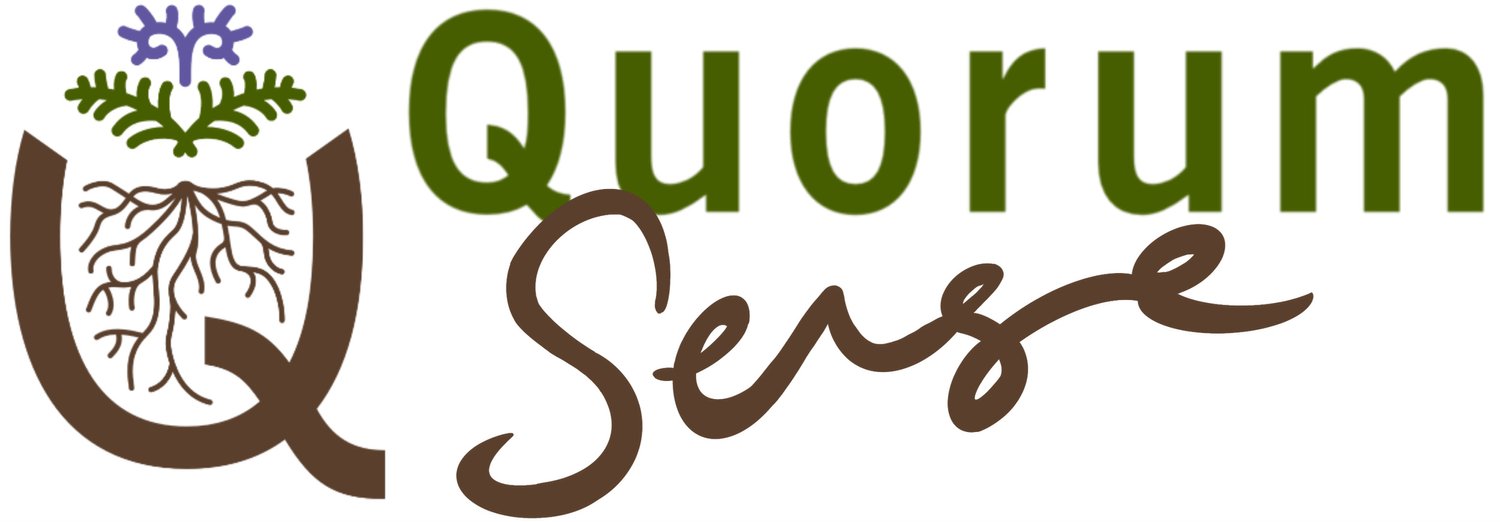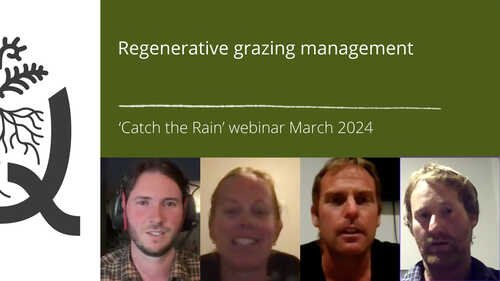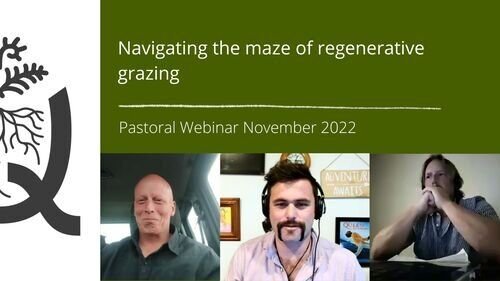How Dean Martin turns grazing management into soil health
Dean Martin’s adaptive grazing management has had good results in encouraging soil organic matter growth and deeper rooting plants.
Sheep breed has also become a priority since shifting away from dairy grazing and incorporating Sheepmaster and shedding sheep breeds - both big changes that have made in recent years.
Watch the film to learn more about how Dean turns grazing management into soil health.

“So 2006 was the last time we put fertiliser on the whole farm. [The livestock] still look as good as ever…I think they look better than ever!”
Dean Martin, Hawke’s Bay beef and sheep farmer
Changing things up to focus on soil health
Dean and Antoinette Martin farm 244 hectares of sheep and beef on the Napier end of the Napier-Taupo Highway. “Glenlands farm” is 145 hectares effective in grass, and the rest in tree blocks and regenerating scrub. The farm has been in family ownership since 1970 but Dean’s grandfather worked on this property when he left school at 10 in the late 1920s, when it was part of the neighbouring property of the Alice Estate.
Dean took over management in 2006 focusing on soil health and grazing management. The improvements to soil and production are significant and demonstrate the value of rotational grazing, mob density and pasture recovery principles.
“So it sort of changed, it was a big catalyst for the change, grazing management at that stage. So 2006 was the last time we put fertiliser on the whole farm. They still look as good as ever, or I think they look better than ever.
“The big thing was just increasing those rotation lengths, letting the pastures grow longer and having that feed bank. Like basically trying to have enough grass sitting on the farm between Christmas and New Year to see me through to mid-March. Having the whole summer's worth of feed that I can ration out.”
Improving pasture composition, quality and grazing
“In the late 80s, my father had come to the conclusion that the soil health had deteriorated a bit through the fertiliser. So it's been a slow progression over time focusing on that soil health. And then I've just sort of built on that with adding that whole grazing dimension to it.
“So it's been a slow and gradual improvement to pasture composition and quality sort of thing over the years. Now we're concentrating on the shedding sheep part of the operation, incorporating sheep master and the Australian whites into a shedding sheep breed and concentrating on some, hopefully on some eating values there and really pushing that sort of side of the business.”
Deeper roots and deeper topsoil
“Ten years ago that soil B horizon was probably 20 to 30 centimetres further up the soil profile, and without as much of that black mixing going down through it. So the roots are getting down more and more, and getting more active and bringing more of that dark high carbon soil down into that mix deeper.
“It's empowering, because you feel like you're in control of the system again, and you're actually managing something. Because you're continuously observing what's happening and making adjustments to your system [based] on what's happening, as opposed to just doing what you've always done and taking whatever outcome you get.
“I always like to tell people that come onto the place that your place should be a reflection of your personality, because it should show through [in] your management.”
For more information, visit the Glenlands Farm website.
Related content on: grazing management
Sam Lang is joined by guest farmers Dave Mitchell and Duncan Humm share how they (and other farmers) are successfully incorporating diverse forage crops into their farm systems.
Dean Martin’s adaptive grazing management is growing soil organic matter, deeper rooting plants and supporting a sheep-based system built around thriving soil.
Host Sam Lang and guest farmers Rhys Roberts (Align Farms) and Miah Smith explore techniques, successes and challenges bringing diverse pastures into NZ farming systems.
Hear from Mark Koopmans (North Canterbury), Jono Frew (Otago) and Russell Heald (Manawatu) as they discuss the practice of deferred grazing in New Zealand.
Hear from Mark Koopmans (North Canterbury), Rachel Short,(Taranaki) and Ross Johnson (Wairarapa) as they discuss regenerative grazing systems, techniques and farmer-led research.
Hawke's Bay's Michael Reilly and Taranaki's Rachel Short share their experiences with livestock collar technology. What role can it play in NZ farming systems? What are the opportunities and concerns?
Insights from four experienced livestock farmers who’ve developed their own unique regenerative approaches to regenerative livestock production.
The Bielski’s have tried, tested and evolved a high performance sheep grazing, cropping and pasture management system that's resilient, low input and profitable.
Five years in, Miah and Jenny Smith reflect on their regenerative dairying journey and the dramatic improvements in animal health, margins and their own quality of life.
Father and daughter duo Shane Birchall and Meghan Schutt share their learnings and experiences in transitioning to a self-sufficient, low waste dairy and beef farm operation.
South Otago's Pete Blair and Hawke's Bay's Michael Reilly compare experiences navigating the multi-faceted maze of regenerative grazing techniques in very different contexts.
Michael Reilly shares the ups and downs of his journey from Sydney suburbia to regenerative Hawkes Bay farmer, and what's changed along the way.
Improving livestock integration into cropping systems can bring a wide range of benefits and displace the need for increasingly expensive inputs.
In this Quorum Sense webinar we will be focusing on grazing management and planning in a New Zealand landscape.
Regenerative coach, pastoral farmer and market gardener Jules Matthews explores the challenges and opportunities within complexity, and the uncertainty it calls us to embrace.
This April 2021 webinar features four farmers panelist: Mark Anderson (Dairy), Rachel and Kenneth Short (Dairy)and Dean Martin (sheep and beef).
Pastoral farmer and grazing coach Siobhan Griffin shares her passion for regenerative pastoral farming, the opportunity to benefit farmers, consumers and our climate.
Regenerative farmer and grazing coach Siobhan Griffin talks about increasing soil organic matter, growing more grass, reducing costs and improving milk and cheese quality.
Mark Anderson's South Otago dairy farm has adopted a bale grazing wintering system that’s shown dramatic improvements for soil health and animal welfare.
Josh Bradfield farms on the rolling hills on the north of the Clutha River, adding diversity to his pasture, decreasing inputs and reducing tillage.
“Coming into farming on our own account without much experience meant we weren't tied to tradition and weren't afraid to try new things.”
This April 2021 webinar features four farmers panelist: Mark Anderson (Dairy), Rachel and Kenneth Short (Dairy)and Dean Martin (sheep and beef).
South Otago dairy farmers Mark and Madeline Anderson are on a pathway to lower inputs and improved soil health using regenerative principles.
This February 2021 webinar features four farmers: Jules Matthew (Sheep & Beef), Hamish Bielski (Sheep & Beef), Miah Smith (Dairy) and Mark Anderson (Dairy).
In this second episode, Hamish Bielski gives an insight to how his grazing management and recovery works and the advantages he has observed.
Ten years of higher grazing densities & longer recoveries have transformed Dean Martin’s previously unproductive pastures - ewes & lambs are now thriving on it!
South Otago sheep and beef farmers Amy and Hamish Bielski have spent four years using regenerative principles, focusing on adaptive, high density grazing management.
Hamish Bielski talks about his experience and advice for managing stocking rates, grazing densities, pasture growth and recovery periods post-drought.
South Otago sheep and beef farmer Hamish Bielski shares what he's learned over the last 3-4 years in creating a productive, profitable, and regenerating operation.
Disclaimer: The information, opinions and ideas presented in this content is for information purposes only and does not constitute professional advice. Any reliance on the content provided is done at your own risk. (click here to view full disclaimer).







































